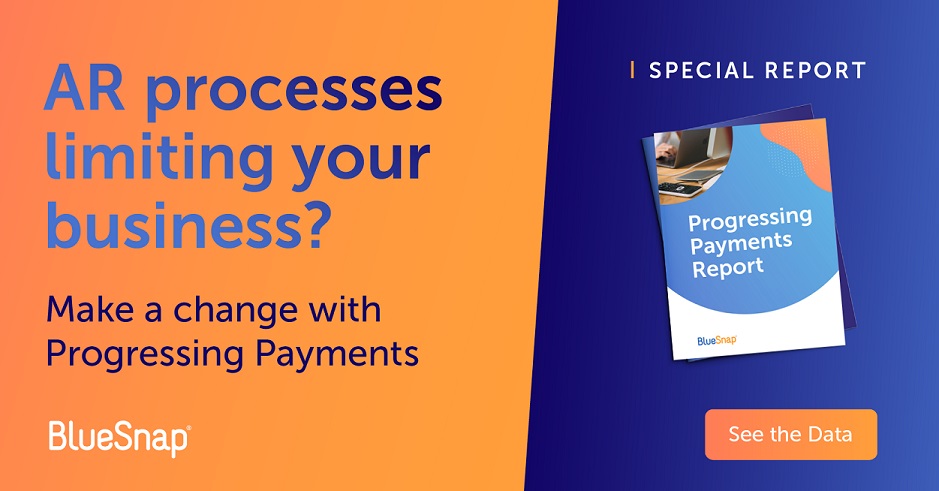The COVID-19 pandemic impacted every part of the economy, including payments. A year of quarantine, online shopping and trying to make in-store shopping safe has accelerated changes in the payments industry that were already cropping up.
Here are some of the changes to payments from the last year and what to expect as we move into a post-pandemic world.
Corona-Free Payments Aren’t Going Anywhere
Contactless payments, or Corona-Free Payments as we call them, have become the norm in most stores and restaurants and will continue to grow in popularity. We weren’t expecting changes like that to become standard for five to 10 years, but faced with a global health crisis and lockdowns, we got there in a year. Additionally, a coin shortage in the US meant some businesses that used to accept cash had to accept more (and now contactless) types of contactless payment.
While this includes card processing machines that accept touchless payment from phones or cards, it’s also evolved to include solutions unique to the pandemic, like customers paying online and then using curbside pickup to collect their purchase.
Even though the pandemic’s immediate effect is beginning to wane, customers will not want to leave the convenience and safety of contactless payments behind. Businesses with physical stores should take the steps necessary to accept the forms of payment their customers want to use.
Growing Number of Industries Accepts Digital Payments
While businesses with online stores were somewhat prepared for the influx of online shopping and digital payments, some industries had to pivot from accepting cash or sending out physical invoices to accepting payments online. Law offices, healthcare providers, childcare centers and more have changed their processes and policies to accept online payments.
Many of these industries previously sent paper invoices, only accepted cash or checks from clients, and overall had a payment process that generated a lot of paper — and a lot of opportunities to spread germs. During the pandemic, touchless payments, whether with no-touch card payments or online payments — not only made doing business safer, but also simpler and faster for customers. Whether it’s pre-paying a copay before going to the doctor’s office or paying an invoice to your landscaping company, customers will continue to expect the ease and safety of digital payments.
Businesses See the Benefits of Automated Accounts Receivable
As businesses have implemented contactless payment solutions, accounts receivable (AR) automation has followed closely behind. It’s not only safer for employees and customers, but it’s faster and eliminates the potential for problems.
Automating your business’s AR processes makes payments truly touchless and reduces the likelihood of frustrating issues like double billing or losing track of a customer’s invoice. Regardless of industry, customers expect a seamless payment process that is automated and that they can handle on their own schedule. If you’re still forcing customers to talk to you on the phone to make a payment or mail in a check, they will inevitably get frustrated and look elsewhere for an easier, automated process.
Omnichannel Retail Unifies the Shopping and Buying Experience
Omnichannel retail provides a single customer experience across your entire company, whether they are shopping online, in-store or a combination of both. The pandemic elevated omnichannel retail from a business model that only the most progressive retail companies used to one that customers have begun to expect.
In a truly omnichannel business, payments are unified across the entire company and customers can buy, return and exchange in the way that is most convenient for them without friction. For example, a customer could order online and pick up and pay for their order in-store, pay online and do curbside pickup, buy a product online and have it shipped to them and then return the item in-store, etc.
As pandemic restrictions begin to ease, some customers will continue doing all of their shopping online, some will go back to shopping in-person and many will do a combination of the two. Providing simple and efficient payment options across a broad range of experiences will be critical for businesses to retain their customers moving forward.
The Future of Payments Post-Pandemic
Many of us are looking forward to life going back to normal: gathering with our friends and family, eating at our favorite restaurants and traveling safely. However, for retail and service companies, reverting back to their pre-pandemic practices is the wrong path forward. As customers continue to shop in the ways that are easy and enjoyable for them, businesses that don’t accommodate them will eventually suffer.
If you are wondering what your path forward with contactless payments, AR automation, omnichannel retail and more should be, BlueSnap can help.
Related Resources:


